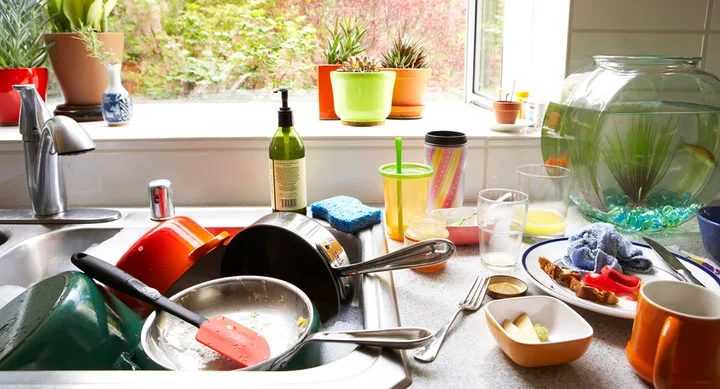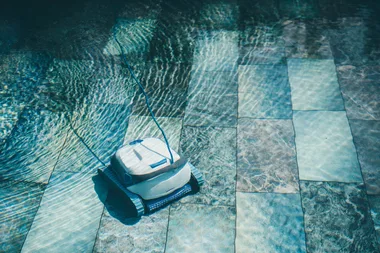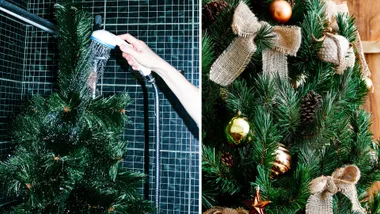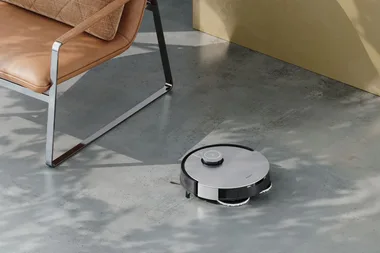Germs. They’re everywhere in the home. And probably in places you wouldn’t expect. Here’s a list of the five dirtiest items in your home and handy tips on how to keep the germs under control!
1. Chopping boards
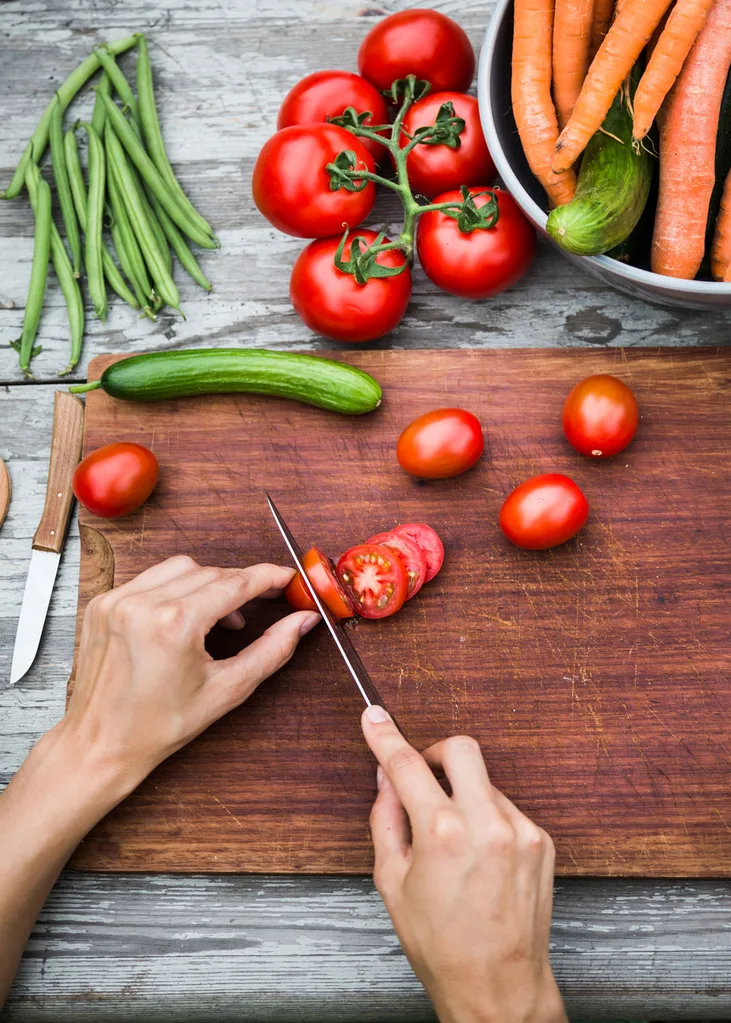
The chopping board can be a breeding ground for coliform bacteria, which most of the time is harmless. But if disease-causing bacteria are present, it can cause gastro, particularly in children or the elderly.
There are pros and cons to both plastic and timber chopping boards, however research has revealed wood boards contain less salmonella bacteria compared to plastic boards as the bacteria sinks down beneath the surface of the cutting board and eventually dies off. Scars in plastic boards can carry more bacteria compared to wooden boards, however if you prefer to use the plastic boards, the best way to disinfect your board against harmful bugs is to use full-strength white vinegar after each use. This method can also be used for wooden boards.
For extra oomph, after wiping down the board with vinegar, give it another wipe down with 3% hydrogen peroxide to well and truly kill off any nasty bacteria.
2. Kitchen sinks
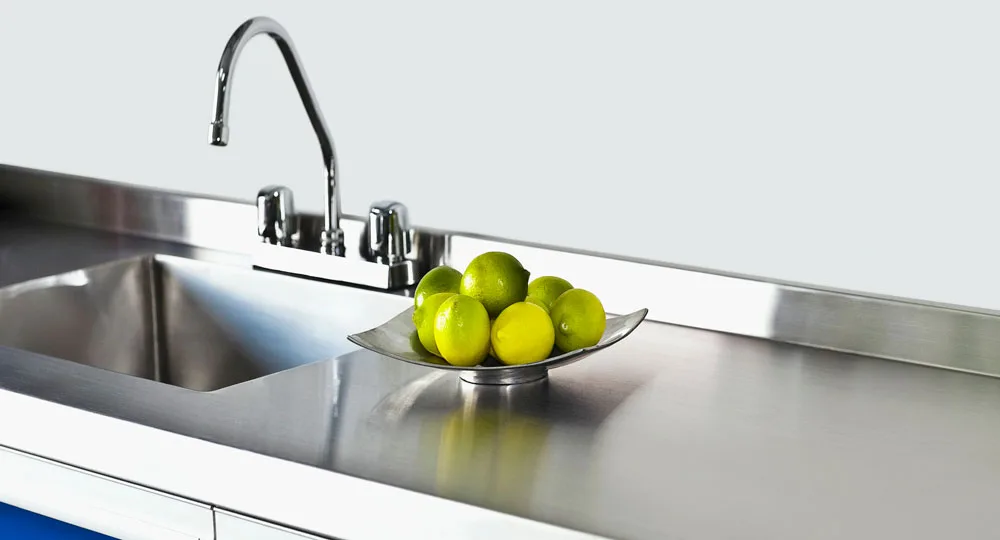
Research has revealed your toilet could be cleaner than the kitchen sink! This is due to food particles from kitchenware sitting in the sink, which then serves as a breeding ground for bacteria such as E.coli and salmonella. You can easily combat this by using an effective multi-purpose cleanser.
3. Sponges
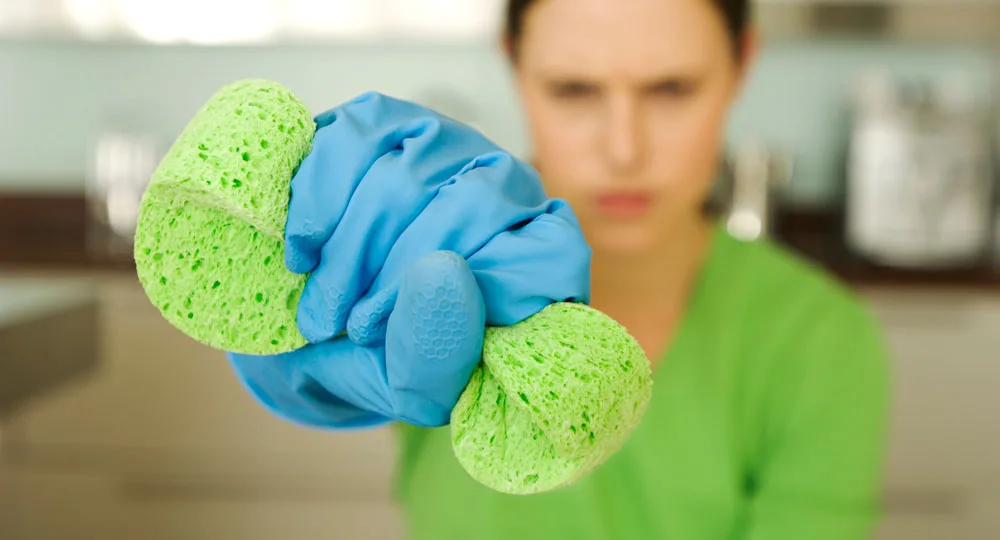
This is probably one of the dirtiest items in your home. The kitchen sponge is estimated to carry 10 million bacteria per square inch and is 200,000 times dirtier than the toilet seat. Yes people, you don’t want to be wiping down the kitchen bench with this bad boy, do you?
So how do you minimise the spread of bacteria? Wash your sponges regularly in hot water (over 60 degrees Celsius) or use disinfectant. Another solution is to microwave your sponges for two minutes. Make sure to soak the sponge before placing it in the mircrowave and don’t zap sponges that contain steel. Take care when removing the sponge from the microwave as it will be very hot.
4. Stovetop knobs
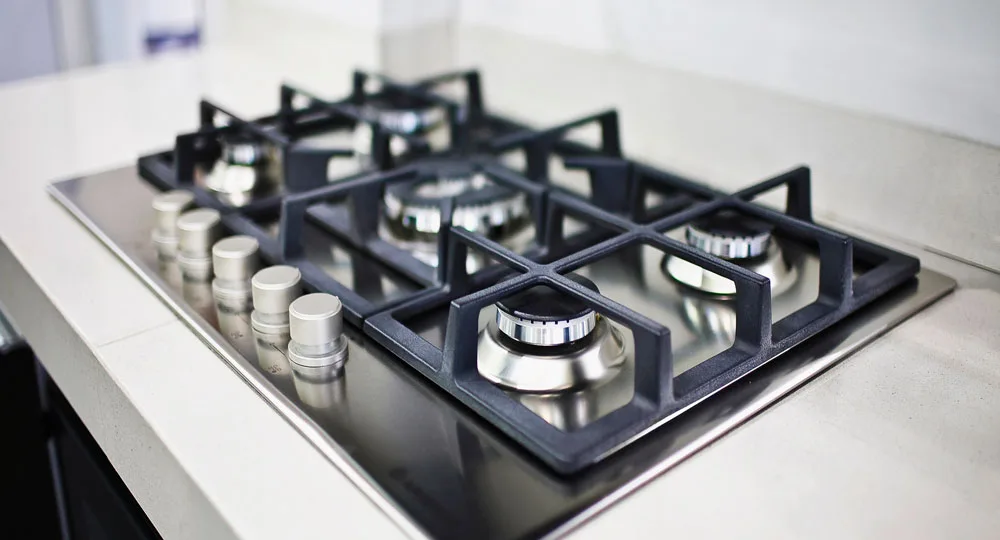
Yuck! Did you know your stovetop knob is the perfect place to harbour mould and yeast. The best way to clean them is to remove the knobs once a week and wash them in hot, soapy water. If your stovetop knobs are made of stainless steel, give them a clean with Gumption, giving them an outstanding shine!
5. Tea towels

A study by the University of Arizona and Kansas State University revealed the humble tea towel as another place for contamination. Bacteria such as salmonella can grow on tea towels overnight, particularly when people in the house touch tea towels before washing their hands. The tea towel is then used to wipe dishes and benchtops, spreading the bacteria. This is also a problem when individuals who have done the right thing, wash their hands, then touch a contaminated tea towel, putting themselves at risk.
The best way to avoid contamination is to throw your tea towel in the wash every night and replace it with a new one. Additionally, use paper towels for wiping down the benchtop, especially after handling items such as chicken.
You may also like
This is the best way to teach your kids about germs
7 germy places in your home that need to be disinfected now
How to deep clean your house like a professional
